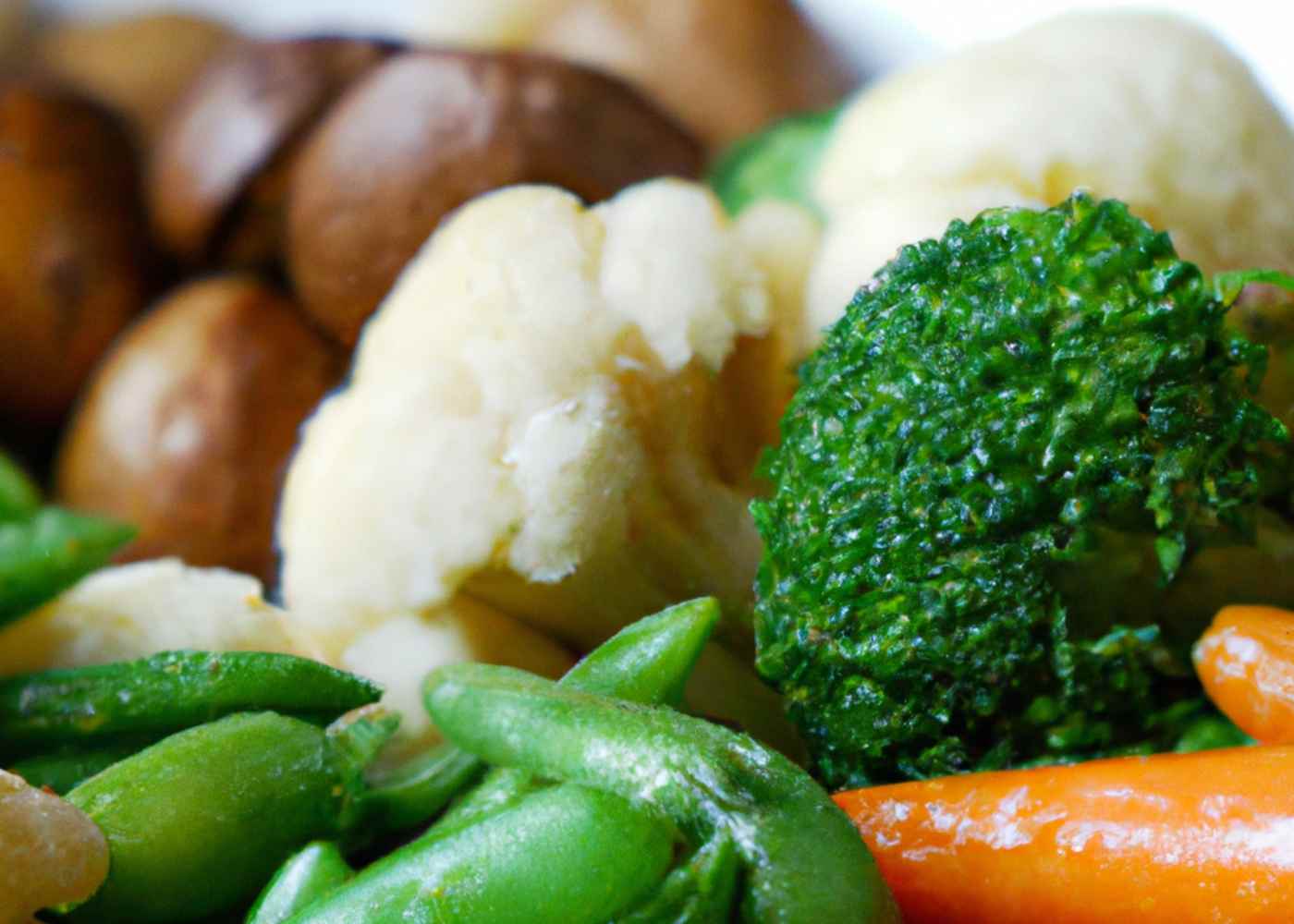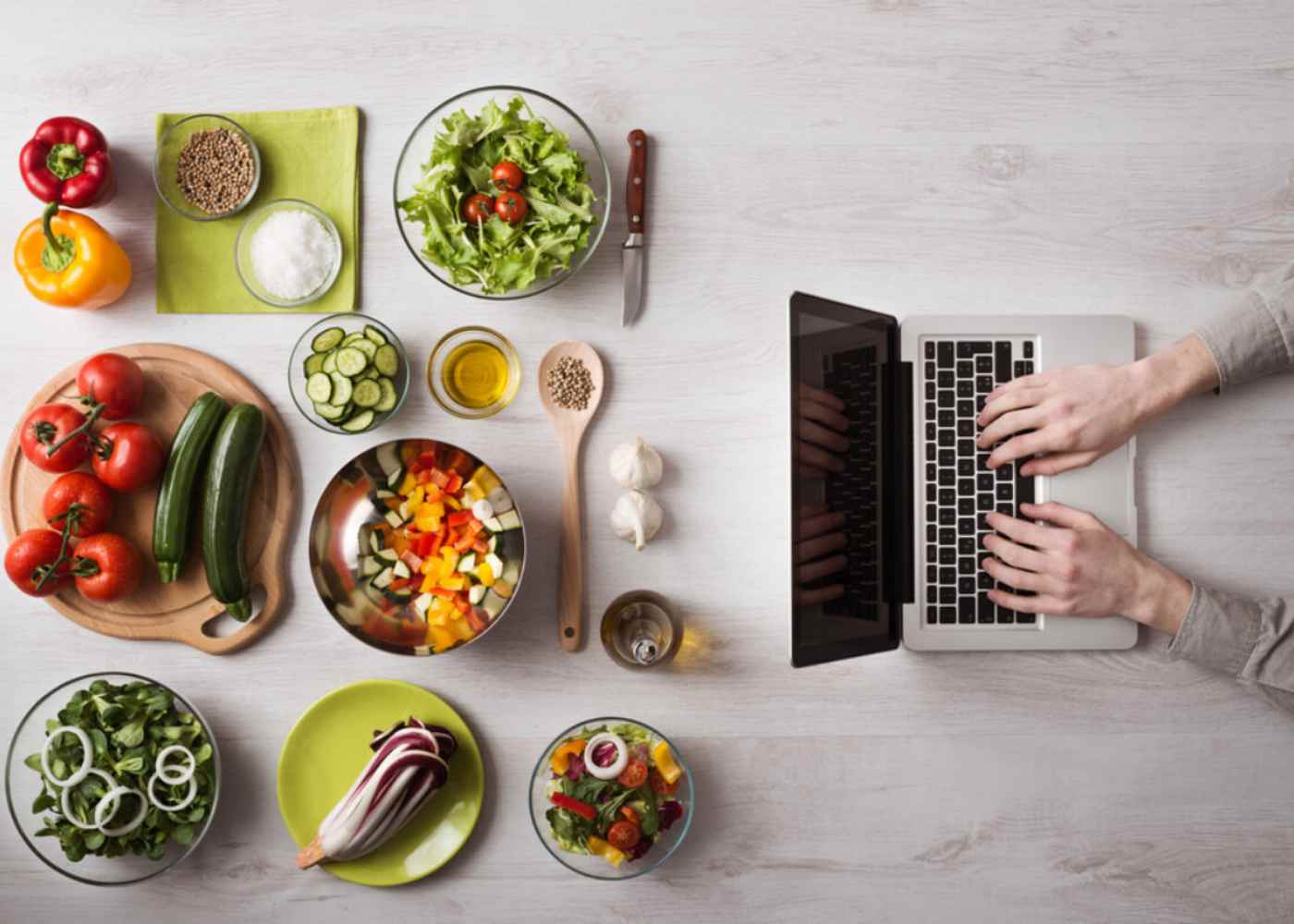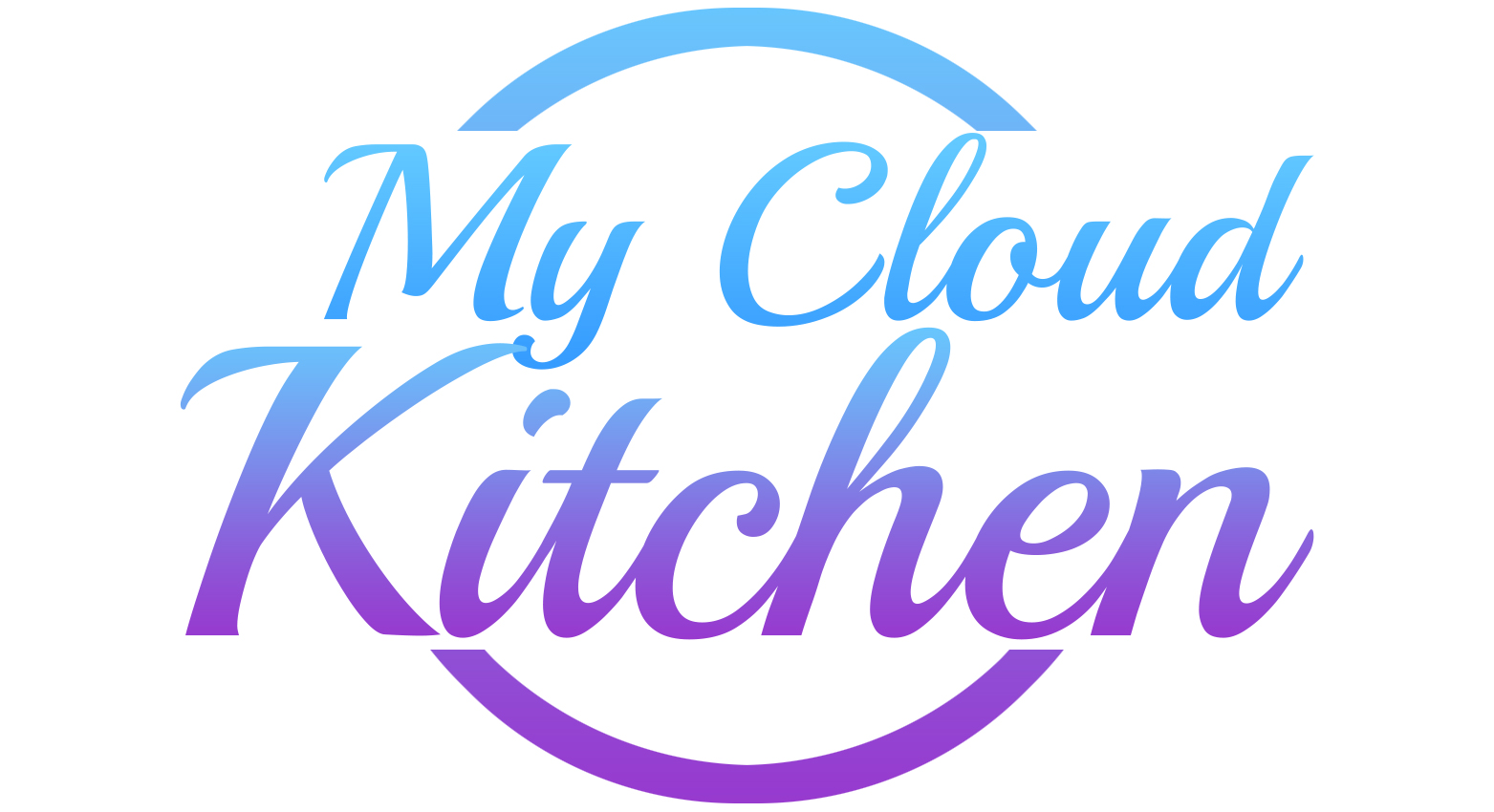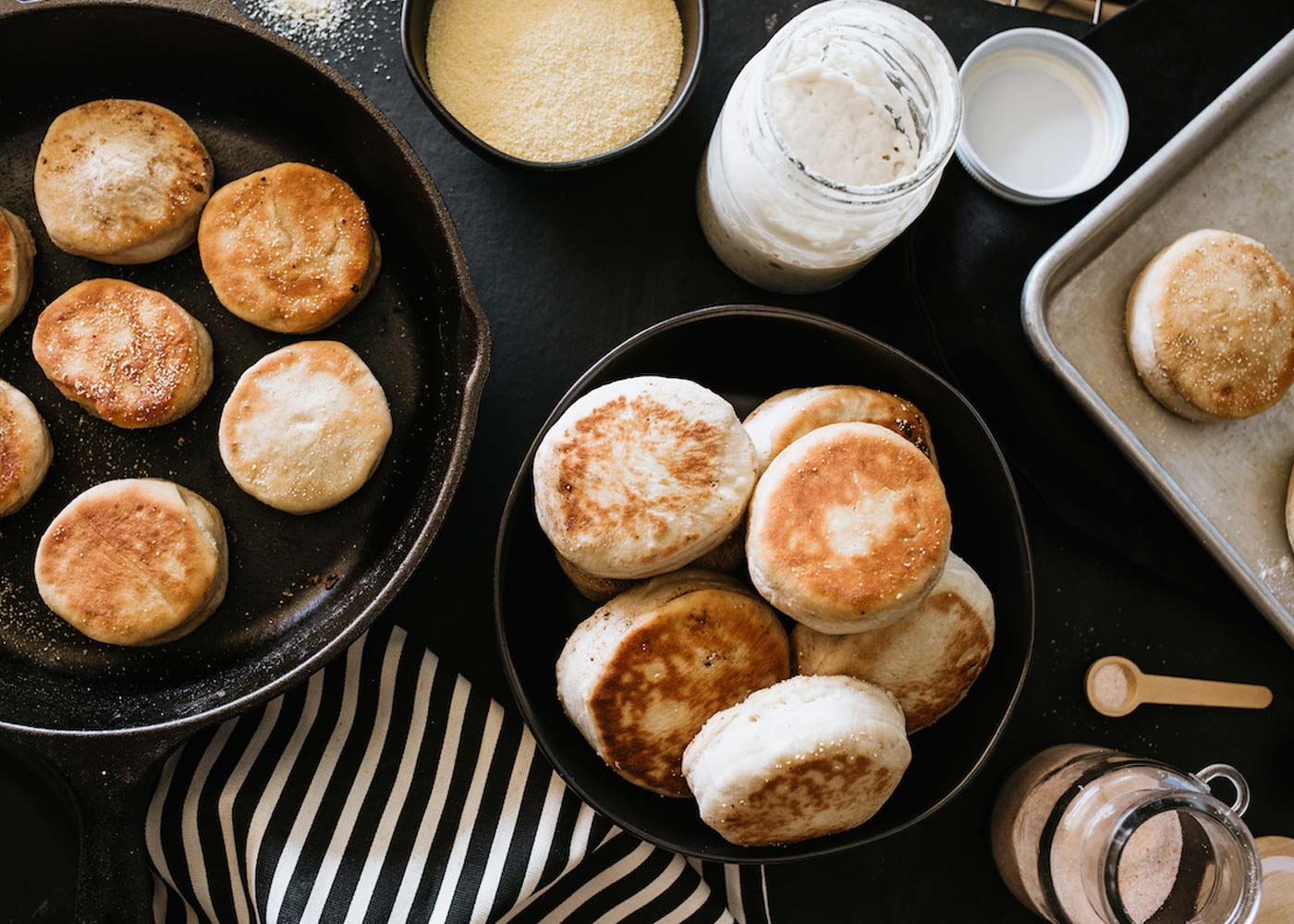
Sodium is essential for bodily functions, but too much can be a health hazard. Many people don't realize that sodium comes in many forms, such as table salt and baking soda. Even common foods like canned soups and frozen meals are often loaded with hidden sources of sodium. It's important to pay attention to labels when buying groceries if you want to reduce your intake of this mineral. People who need to watch their sodium levels due to conditions such as high blood pressure or heart disease should make an effort to moderate their consumption of salty foods. This post will discuss creative ways you can cut back on the amount of sodium in your diet without sacrificing taste or flavour!

Creative Alternatives to Sodium-Rich Foods
Herbs and spices are a great way to reduce sodium in
cooking. By using fresh or dried herbs instead of salt, you can add flavour
without the added sodium. Popular options include basil, oregano, rosemary,
thyme and garlic powder. When adding these ingredients to dishes that usually call
for salt, start off with half the amount called for in recipes and adjust as
needed until reaching desired taste.
Vinegar and citrus juice are also excellent alternatives to
using table salt when seasoning meals. Lemon or lime juice can be used
sparingly on salads or fish dishes; apple cider vinegar is an especially good
choice for marinating vegetables before grilling them! Tablespoons of vinegar
such as balsamic pair well with many types of food including meats, soups and
sauces “ just make sure not to overdo it as too much acidity can overpower
other flavours!
Using vegetable stock instead of water while cooking grains
like rice will give each bite more flavour without adding additional sodium
content. You can buy premade stock at most grocery stores or make your own by
simmering vegetables such as carrots, celery and onions in water on low heat
until all the flavours have combined into a flavorful broth!
Fresh fruits and vegetables naturally contain some amounts
of sodium but they are much lower than processed foods containing high levels
of added table salt. Fruits like apples or bananas provide sweetness while
green leafy veggies like kale offer earthiness so try replacing unhealthy
snacks with flavorful combinations from nature™s bounty every day! Frozen
fruits and vegetables also provide convenience if time is limited but check
labels carefully since some brands may contain unexpected sources of extra
sodium (such as canned fruit juices).
Nuts and seeds are another tasty way to satisfy salty cravings without consuming excessive amounts of this mineral. Almonds contain magnesium which helps maintain healthy blood pressure levels while pumpkin seeds boast plenty of zinc ” both minerals support overall health when eaten in moderation! Try sprinkling nuts onto

On the Grill
Grilling is the perfect way to bring out the best in a range
of foods. However, it™s important to use caution when applying heat directly to
food and choose your cooking method wisely. Oils or creams are an ideal choice
as they help keep meats moist while also protecting them from direct contact
with flames that can cause charring and burnt flavour. Try lightly coating fish
or chicken with olive oil before adding it to the grill for added moisture and
flavour. Additionally, you can make marinades using herbs, spices, citrus juice
or vinegar which will help tenderize meat prior to grilling as well as infuse
flavorful notes into every bite!
Another great option for enhancing grilled dishes is flavoured rubs. These mixtures of seasonings like garlic powder, paprika and cayenne pepper add depth of flavour without having to worry about extra sodium content since most rubs contain minimal amounts compared to sauces or marinades. Simply sprinkle onto meat before placing on hot grates; let sit for 15-20 minutes so flavours have time to blend together then get ready for some deliciousness!

In the Pantry
In the Pantry, one of the easiest ways to reduce sodium
intake is by replacing table salt with alternative seasonings. Try using sea
salt or Himalayan pink salt instead as these varieties contain more nutrients
and minerals than regular iodized table salt does. Additionally, you can make
your own condiments that are lower in sodium such as mustard, mayo and ketchup;
simply combine ingredients like vinegar, oil and spices for a healthier version
of store-bought products.
Another way to reduce the amount of processed foods you
consume is by making your own dressings at home. This way you know exactly
what™s going into each bottle so there™s no guesswork when it comes to checking
labels for added salts and other preservatives! Start off with simple recipes
like olive oil & lemon juice vinaigrettes or creamy tahini & yoghurt
sauces then work up from there once comfortable experimenting in the kitchen!
Finally, pay attention to any packaged snacks you may have in your pantry; many items like crackers or chips contain high levels of hidden sodium so opt for non-processed alternatives such as nuts and seeds whenever possible. When shopping for staples like bread and cereal check nutrition labels closely “ look specifically at how much sodium is contained per serving size since some brands could be higher than others even if they appear similar at first glance!

In the Kitchen
In the Kitchen, shaping up soups can be an effective way to
reduce sodium without sacrificing flavour. Start off by using herbs and spices
instead of salt when adding seasoning to soup; this will still provide plenty
of flavour while reducing your intake of this mineral. Additionally, opt for low-sodium
stocks or broths as these are much healthier than canned varieties which
contain high levels of added table salt! If possible, use fresh vegetables and
lean proteins in place of processed options like frozen meal mixes “ you may
even want to make a big batch over weekends so you have soup ready throughout
the week!
Re-thinking salad dressings is another great way to cut back on sodium content in meals. Store-bought versions often contain hidden sources such as monosodium glutamate (MSG) that can make otherwise healthy dishes unhealthy if eaten too often. Try making your own dressings at home using ingredients such as olive oil, vinegar and freshly squeezed citrus juice “ these flavours pair well with salads and won™t add any unnecessary salts! Additionally, consider adding nuts or seeds for added crunchiness without having to worry about extra sodium content since these natural foods naturally contain small amounts compared to other snacks like chips or crackers.

When Eating Out
When eating out, it™s important to assess the menu options
and make thoughtful selections. Reading descriptions of dishes closely can help
determine which items are high in sodium content so that healthier alternatives
may be chosen instead. Generally speaking, soups and salads are good choices as
they often contain lower levels of added salt compared to other entrees like
pasta or pizzas. Additionally, ask your server for modifications such as
requesting sauces on the side or substituting certain ingredients with
alternative ones that don™t have added table salts “ this will ensure you get a
meal tailored specifically for your taste buds without compromising health!
If possible, avoid ordering fried foods since they typically
contain more sodium than grilled or baked dishes do. Similarly, opt for lean
meats such as chicken breast over fattier cuts like sausage; when selecting
fish look for wild-caught varieties since these tend to have less mercury in
them than farmed ones do. Lastly, inquire about any processed ingredients used (such
as canned tomatoes) before placing an order “ if unsure check with management
first then decide whether or not it is worth including in your dish based on
its nutrition information!
Conclusion
There are many ways to reduce sodium intake without sacrificing
flavour or compromising health. Eating whole foods such as fruits and
vegetables can provide essential vitamins and minerals while avoiding overly
processed options like chips or crackers is a great way to cut back on added
salt content. Additionally, replacing table salt with alternative seasonings
like sea salt or Himalayan pink salt offers more nutrients than iodized
varieties do! Lastly, when dining out check menu descriptions closely for any
hidden sources of sodium then ask servers for modifications if needed ” this
will ensure you get the most flavorful meal possible that™s tailored
specifically to your taste buds! Overall, following these tips can help keep
dietary habits in check so cravings don™t spiral out of control and lead to an
unhealthy lifestyle.




















